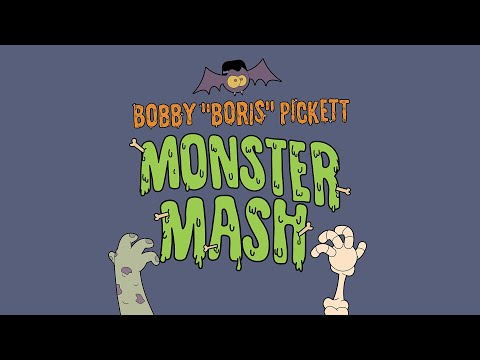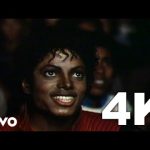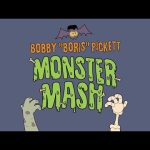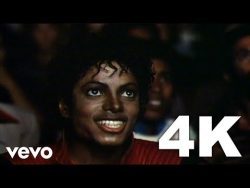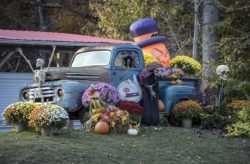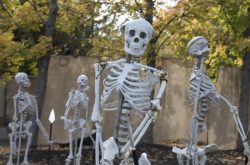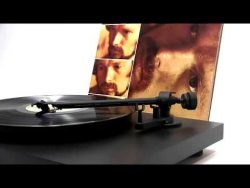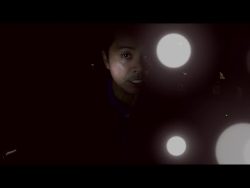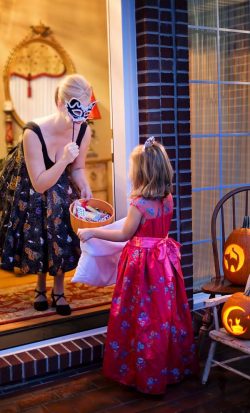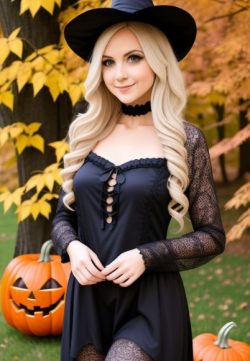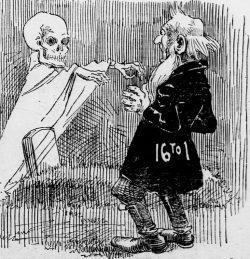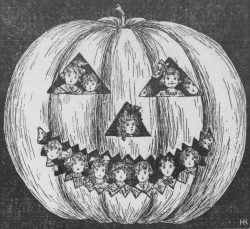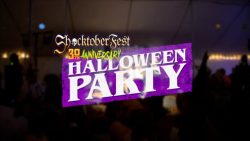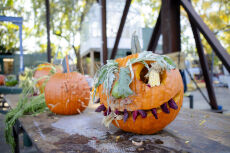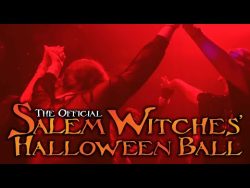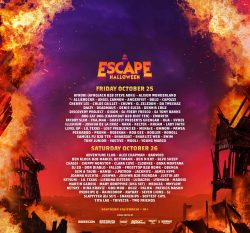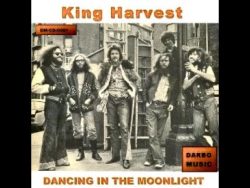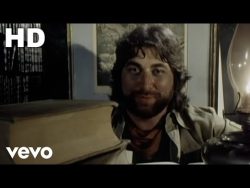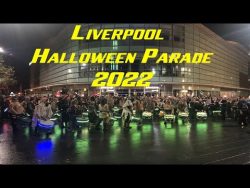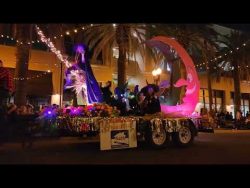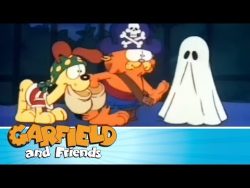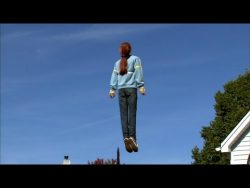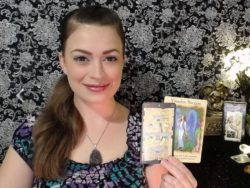Monster Mash by Bobby “Boris” Pickett: The Halloween Anthem That Conquered the Charts
When the air turns crisp and pumpkins line the porches, one song inevitably rises from the grave to haunt the airwaves: “Monster Mash” by Bobby “Boris” Pickett.
Released on August 25, 1962, by Garpax Records, this quirky novelty hit has become the unofficial anthem of Halloween, blending spooky fun with a catchy beat that’s echoed through decades of trick-or-treat nights.
With its campy lyrics about a Frankenstein monster throwing a graveyard dance party, the song’s cultural footprint is as enduring as a vampire’s bite. Let’s dig into the true story behind this Halloween classic and why it still gets feet moving under the moonlit glow.
The Birth of a Halloween Legend
Bobby “Boris” Pickett, a struggling actor and singer from Somerville, Massachusetts, crafted “Monster Mash” with songwriter Leonard Capizzi after a spontaneous performance idea struck gold.
Pickett, known for mimicking Boris Karloff’s gravelly voice from Frankenstein films, debuted the song during a 1961 club gig in Los Angeles. The crowd loved it, prompting a recording session with session musicians, including pianist Leon Russell.
Released as a single, it hit number one on the Billboard Hot 100 on October 20, 1962, just in time for Halloween, selling over 1 million copies that year. The timing was perfect, aligning with the holiday’s growing popularity in the U.S., fueled by post-war suburban traditions like costume parties.
Lyrics and Legacy: A Spooky Dance Craze
The song’s narrative centers on a mad scientist’s monster hosting a dance, with guests like Igor, Dracula, and a werewolf joining the “Monster Mash.” Pickett’s Karloff impression, honed from watching Universal horror films as a kid, adds authenticity, while the “mashed potato” dance craze of the early ’60s inspired the title.
Its playful horror, monsters grooving instead of scaring, struck a chord, making it a Halloween staple. Re-released in 1970 and 1972, it charted again, peaking at number 10, and earned a gold record in 1973.
Today, it’s a fixture on Halloween playlists, with over 50 million streams on Spotify by 2023, per official data, cementing its seasonal reign.
Halloween’s Undead Hit
“Monster Mash” owes its Halloween association to its release timing and thematic fit. In 1962, Halloween was becoming a cultural juggernaut, with costume sales hitting $100 million annually by the late ’60s.
Radio stations embraced the song as a seasonal novelty, playing it alongside ghost stories and trick-or-treat events. Pickett himself leaned into the holiday, performing in monster makeup at Halloween shows, boosting its spooky cred.
The song’s re-releases, especially the 1970 version with new verses, kept it alive for new generations, ensuring it’s blasted at parties, haunted houses, and school dances every October 31st. Its lighthearted take on horror makes it a family-friendly fright, a rare feat for a chart-topper.
Behind the Scenes: Pickett’s Journey
Pickett, born February 11, 1938, drew from his acting days, bit parts in films like House of Usher, to infuse “Monster Mash” with Hollywood flair.
After its success, he recorded sequels like “Monster’s Holiday” (1962) and appeared on TV shows, but none matched the original’s magic.
He passed away on April 25, 2007, in Los Angeles, leaving a legacy tied to Halloween’s heartbeat. In 2014, the song earned a Grammy Hall of Fame induction, recognizing its cultural impact.
Fans still honor him by dancing the “Mash” each fall, keeping his spirit alive.
Why “Monster Mash” Haunts Us Still
“Monster Mash” isn’t just a song, it’s a time capsule of ’60s pop culture meeting Halloween’s eternal allure. Its factual roots in Pickett’s life, paired with its chart-topping history, make it a “ghost history fact” of its own.
As you cue it up this Halloween, remember: it’s more than a tune, it’s a dance with the past that refuses to stay dead!
Got a favorite Halloween song? Share below!
